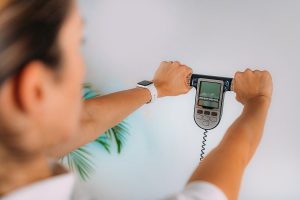Older adults are at increased risk for hypothermia, a dangerous drop in body temperature, the U.S. National Institute on Aging warns.
This can be due to chronic health conditions or the use of certain medicines, including over-the-counter cold remedies.
Hypothermia occurs when your core body temperature drops to 95 degrees Fahrenheit or lower. Warning signs include:
- Slowed or slurred speech.
- Sleepiness or confusion.
- Shivering or stiffness in the arms and legs.
- Poor control over body movements.
- Slow reactions.
- A weak pulse.
To prevent or reduce the chance of hypothermia, older adults can take a number of steps, according to the institute.
First, ask your doctor or pharmacist if any prescription or over-the-counter medications you’re taking increase your risk for hypothermia.
Then, keep the thermostat in your home to at least 68 to 70 degrees. Even inside temperatures of 60 to 65 degrees can put older adults at risk for hypothermia.
Indoors, wear long underwear under your clothes, as well as socks and slippers and a hat or cap. It’s also a good idea to use a blanket or afghan to keep your legs and shoulders warm.
When going outside, wear a hat and scarf to prevent the loss of body heat through your head, and gloves or mittens to prevent the loss of body heat through your hands. Wearing several layers of loose clothing helps trap warm air between the layers.
Also, let someone know when you’re going outside — and be sure to carry a fully charged cellphone.
If you notice any of these symptoms or suspect hypothermia, call 911.
More information
The U.S. National Institute on Aging has more about cold weather and older adults.
Source: HealthDay
Copyright © 2025 HealthDay. All rights reserved.

















